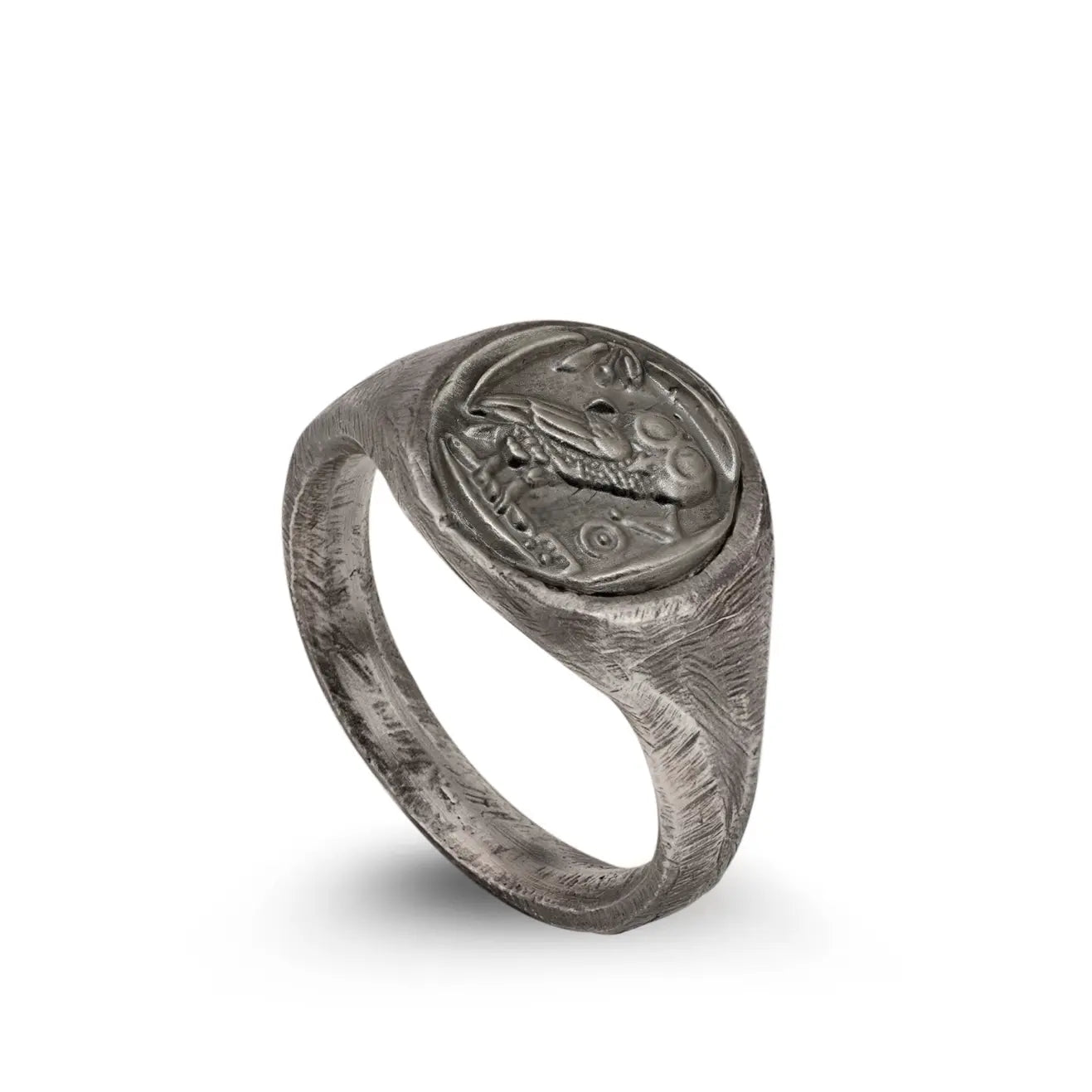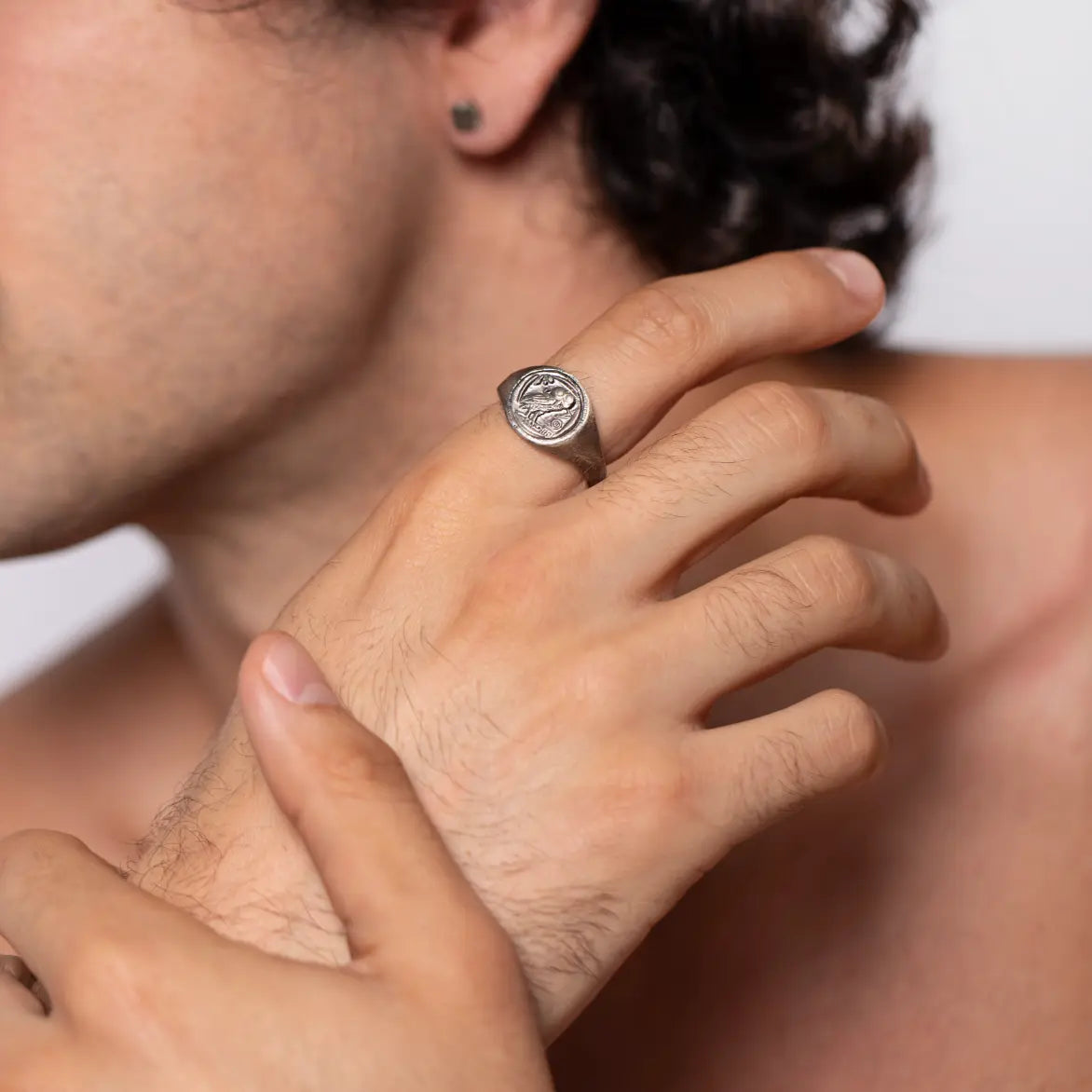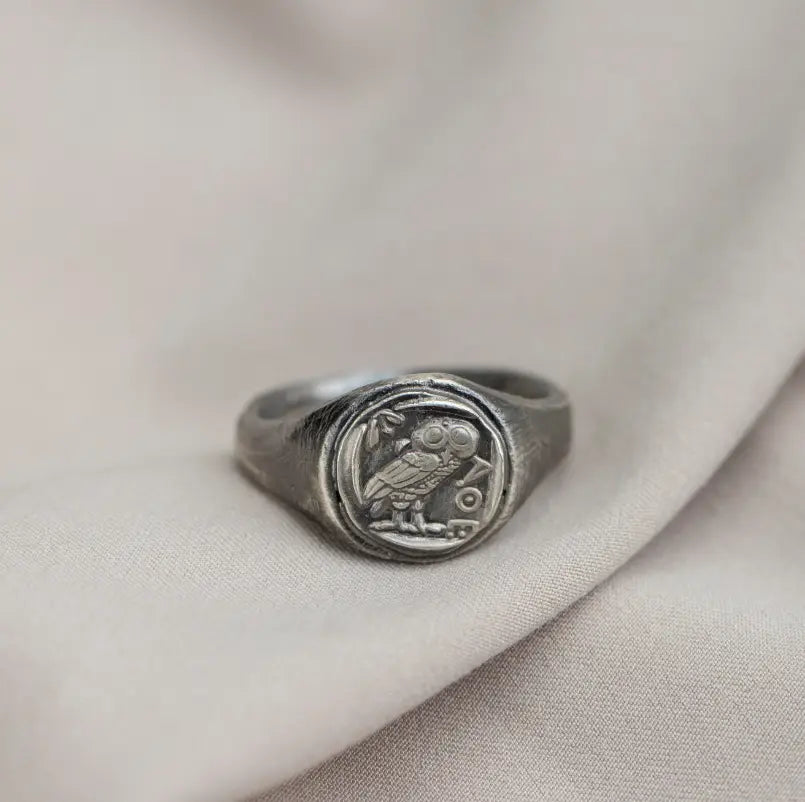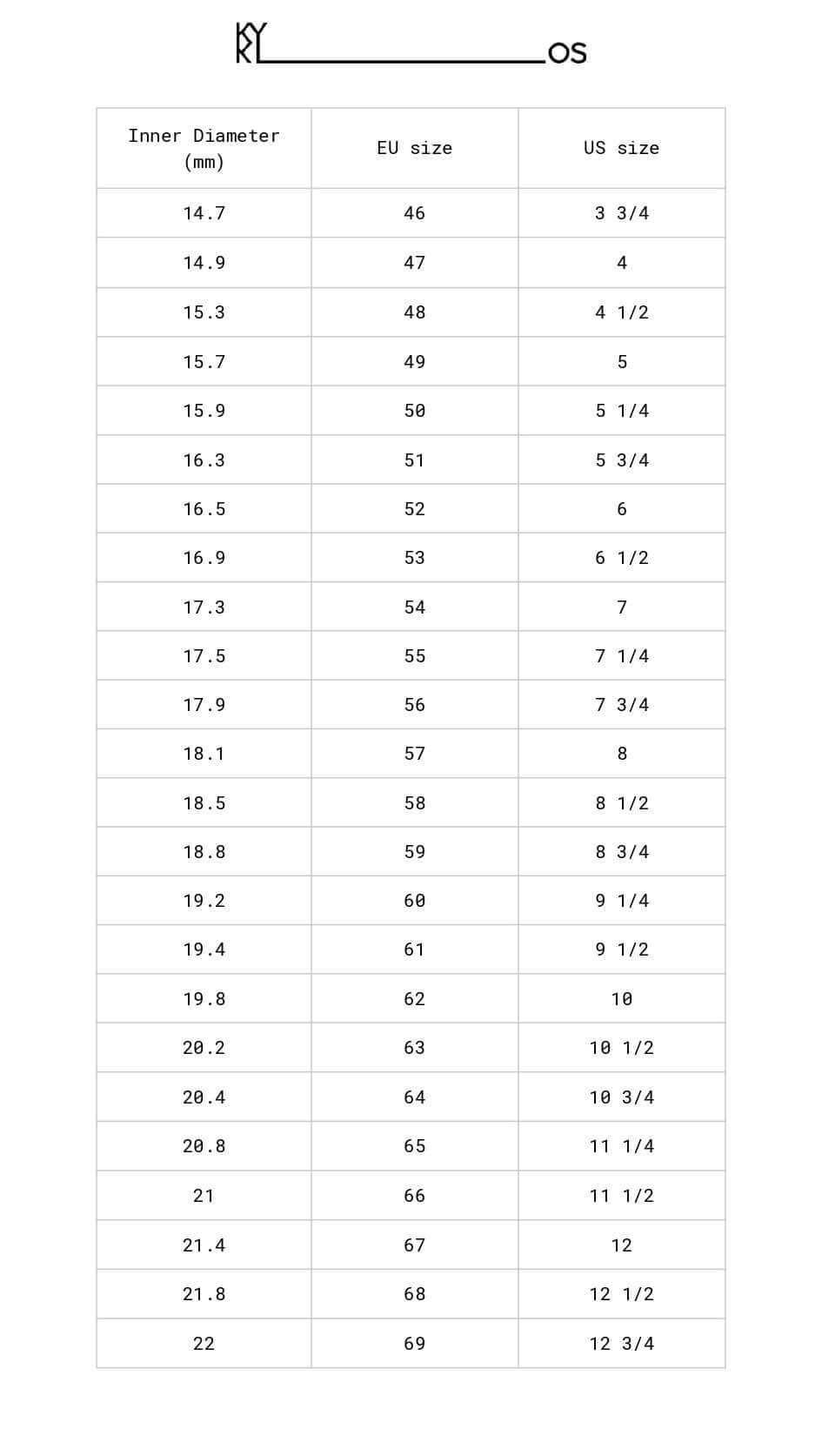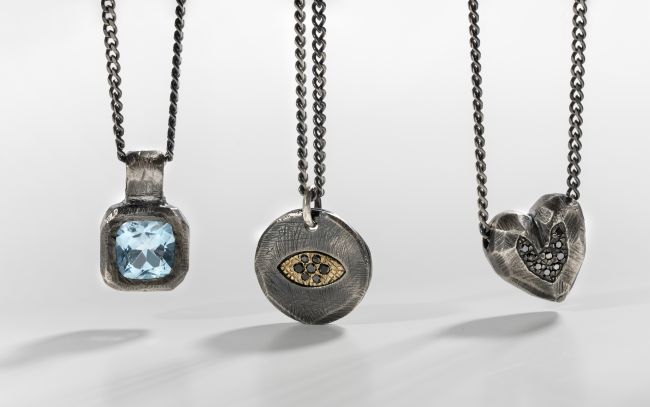How the symbols work for me:
Owl → Wisdom. The species on the classical coin is the Little owl (Athene noctua), the bird sacred to Athena. It signals sharp vision and alertness, metaphorized as wisdom. A reminder to choose clarity over noise, to see in low-signal conditions, and to act with strategy rather than impulse.
Olive → Resourcefulness. The olive is my favorite plant because of its deep human partnership: food, oil for light and cooking, wood for heat and shelter. It stands for resourcefulness that sustains households and cities.
Crescent moon → Success. Likely alluding to the nocturnal owl and the passage of time under the goddess’s watch. Some later traditions linked it to victories fought by moonlight, but numismatists generally treat the crescent as a lunar symbol rather than a specific battle badge. In practice, it completed a triad: bird of night, moon of night, city under divine clarity. A quiet emblem of hard-won success, not boastful but steady, like phases that return.
Silver tetradrachm → Prosperity. ΑΘΕ, an abbreviation of ΑΘΗΝΑΙΩΝ—“of the Athenians.” It marks the coin as a state issue and a statement: this value is guaranteed by the polis of Athena. A guarantee stamped “of the Athenians,” reminding me that prosperity is collective: trust, standards, and institutions make value travel.
Unfinished → Continuity. The signet is unfinished and still carries the silversmith's work marks. It serves as a reminder that the attainment of knowledge, resourcefulness, success, and prosperity is never completed.
